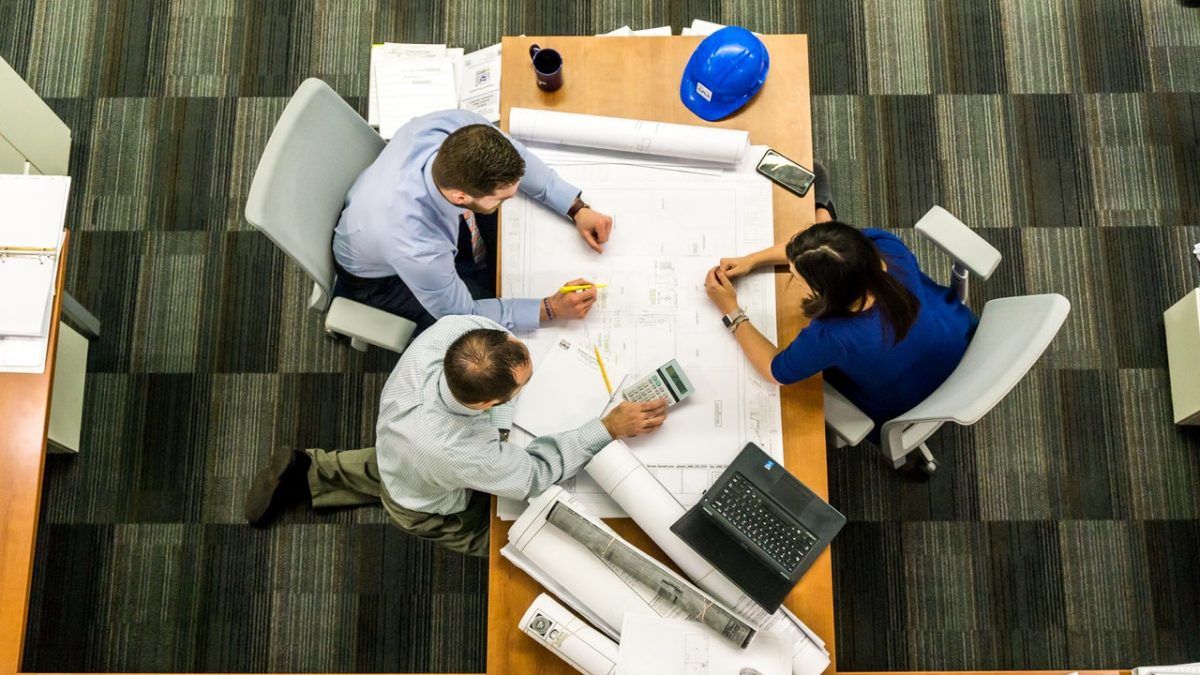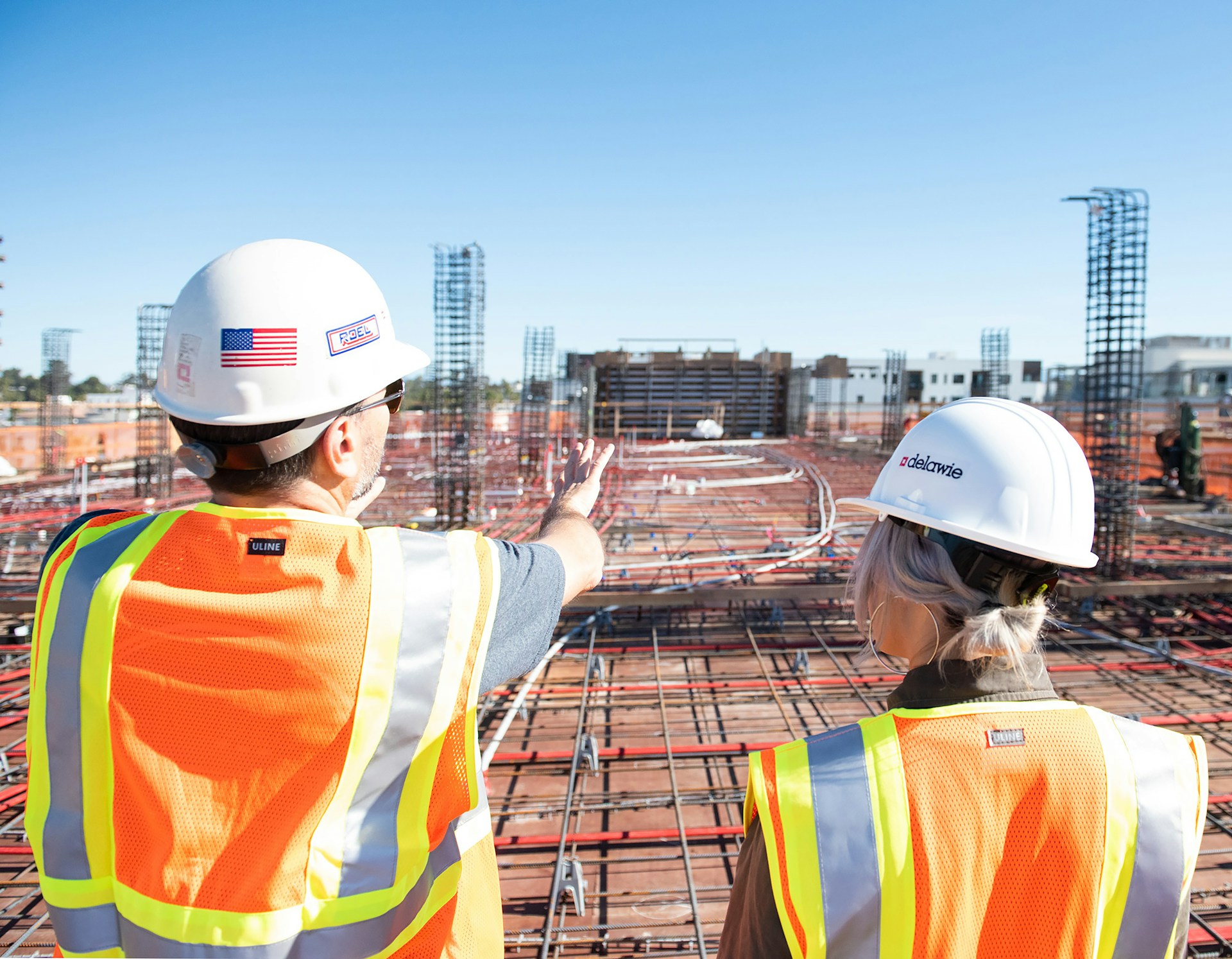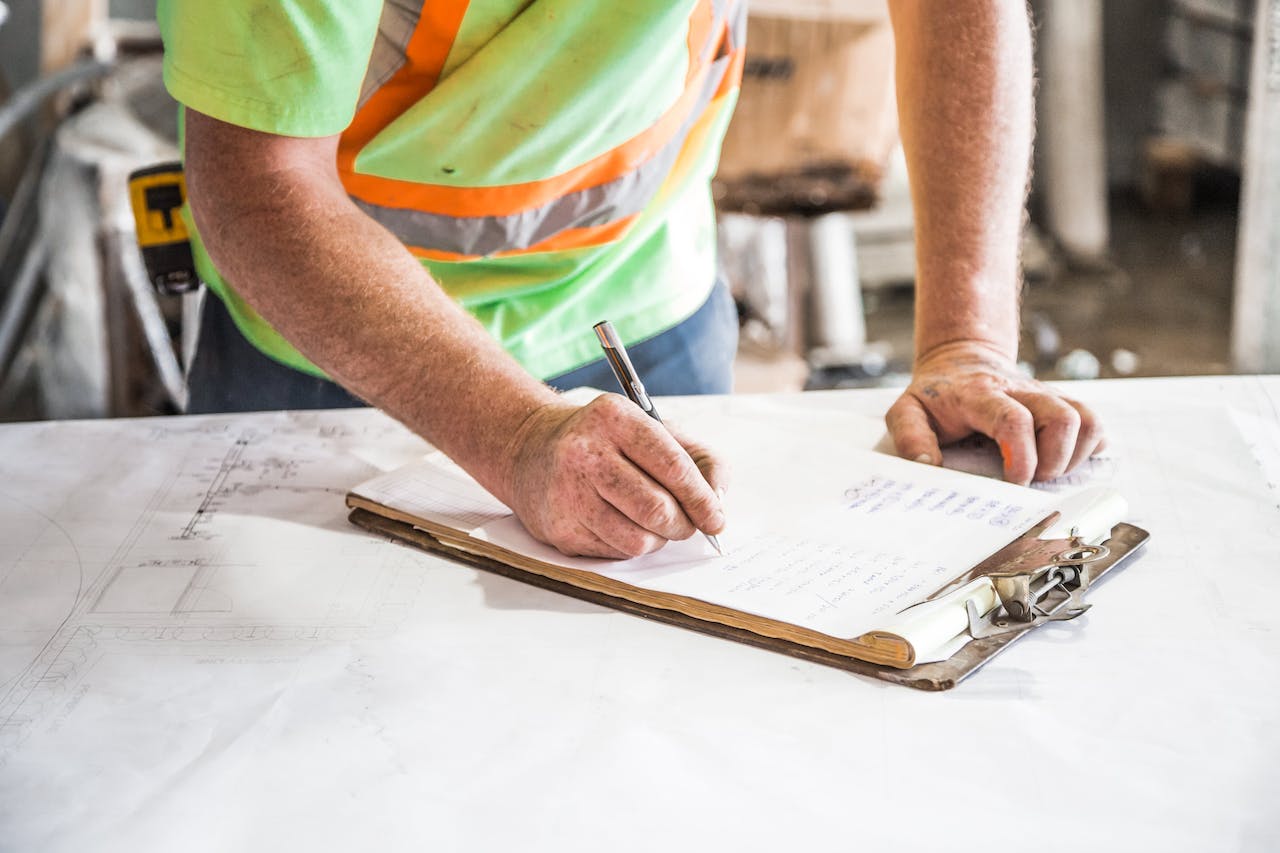The construction industry has recently started accelerating its construction technology adoption like construction management software to manage its daily tasks. This first step towards technological advancement is proving to be a step towards a journey of miles towards efficiency in budget, schedule, and quality management.
And one of the most significant advancements in construction technology has been the rise of paperless construction. Doing away with paper enhances project visibility and accountability, reduces data silos, improves mobility, and so on.
Benefits Of Using Construction Technologies For Paperless Construction
#1: Better Team Collaboration
A cloud-based construction solution helps bust data silos and seamlessly collaborate and share ideas and information. Every project member and the team can access information from a single source of truth. Furthermore, they can make amendments to the documents and submittals in sync.
Everybody, be it on-site workers and contractors or engineers or the back office team, can seamlessly collaborate on project documents in an efficient manner.
Plus, digital data is always a more secure way of storing data. With role-based selective viewing, digital data doesn’t get misplaced or drenched in rain or floods.
#2: Real-Time Management Of Submittals
Paperless construction enables project teams and managers to manage submittals workflow and reviews.
Submittals and their review form a crucial part of any construction project. The construction software enable custom workflows for initiating, approving, and distributing accurate information.
This further reduces rework and delays. The various construction management software also allows a snapshot view of the complete log of the submittal process.
#3: Easy Progress Tracking Through Integrated BIM Model Viewing
An advanced construction management software helps us view BIM models anywhere, anytime, without the help of modeling software. Thus, bringing BIM models to the devices of every concerned team member, whether on-site or back office, ensures project teams have the relevant info leading to less rework and confusion.
Moreover, BIMs can be made available offline as well!
The traditional method of handling site progress through scattered photos, videos, and notes undoubtedly lacks efficiency. Firstly, it is hard to make them available across teams simultaneously. Also, they tend to get misplaced and damaged.
But the in-built BIM Viewer safeguards the project from all these troubles. Moreover, it adds a timestamp to each piece of document, which makes it very easy to track the progress.
Also, role-based editing and reviewing responsibilities can be assigned to select team members. Thus, enabling quick communication which stays in sync in real-time.
#4: Enhanced RFIs & Responses Management
RFIs or Request For Information is integral to the construction communication process. They are critical to proposing solutions, clearing the uncertainties, and filling in the gaps.
Construction management software enables RFI management to increase efficiency through collaboration between various stakeholders.
The construction software records RFIs and their responses over the cloud. Digitization ensures the contractors get role-based access to the RFIs, preventing unauthorized access. Also, digitized RFIs work faster than physical documents.
The RFI management enables project managers to easily login into the portal to track the RFIs through detailed reports. The entire exchange of emails for the RFIs is stored on the platform in a centralized database and can be accessed anytime from anywhere!
#5: Secured Storage
Cloud systems store all the information on a centralized database with security protocols. This prevents data breaches. Moreover, the software takes regular backups so that your data is protected no matter what.
Moreover, physical documents like contracts, drawings, sketches, blueprints, etc., require a lot of physical storage space and maintenance costs. These costs add up to the overall project costs. Cloud storage implies no more storage, printing, and maintenance costs.
Wrapping Up
In a nutshell, paperless construction through the various construction technologies is increasing the efficiency and productivity of construction teams, aiding timely delivery and fewer cost overruns.
Construction technology also ensures less confusion and better collaboration and minimizes the need for rework.




